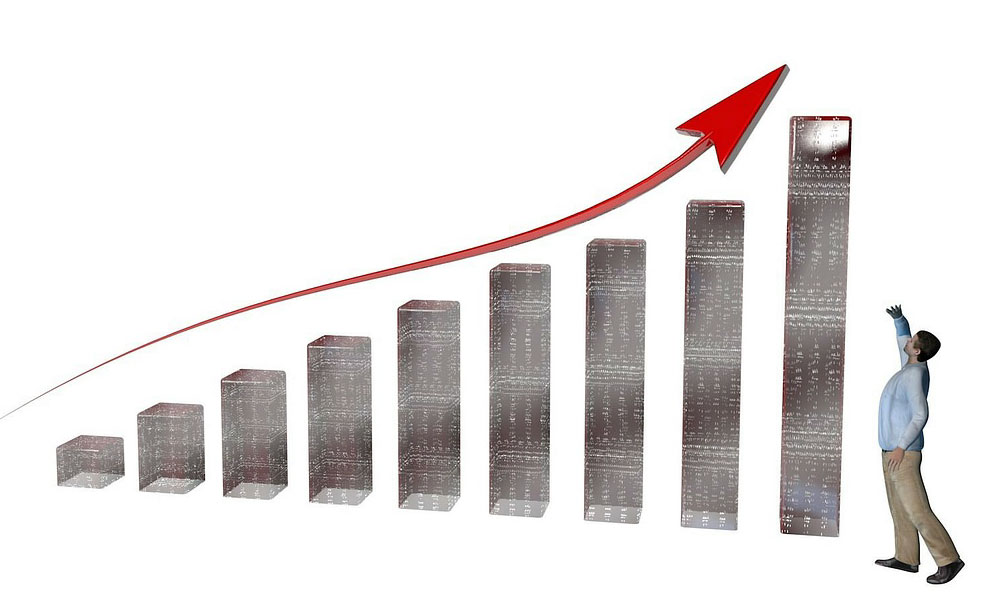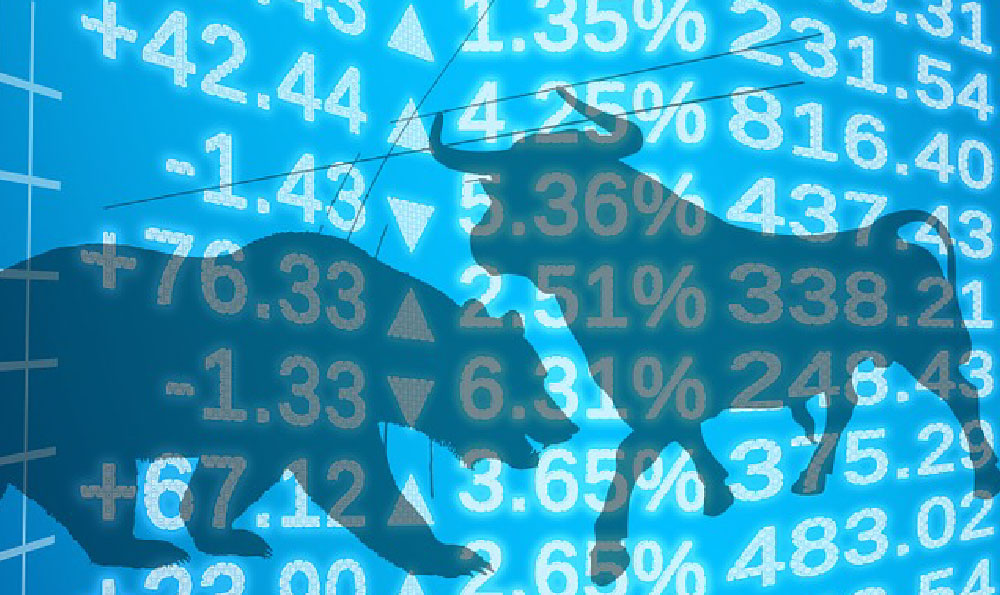Elon Musk's path to immense wealth is a multifaceted story built on a foundation of entrepreneurial vision, risk-taking, and a relentless pursuit of innovation. While it's easy to attribute his success solely to one company or a single brilliant idea, the reality is far more nuanced, reflecting a portfolio of income streams and strategic investments that have propelled him to the top of the world's richest individuals. Understanding his sources of income requires delving into the history and operations of his key ventures, namely PayPal (originally X.com), Tesla, and SpaceX, along with a glimpse into his broader investment strategy.
The seeds of Musk's fortune were sown with his involvement in the burgeoning internet landscape of the late 1990s. His first significant venture, Zip2 Corporation, provided online city guides to newspapers. While successful, it was the sale of Zip2 to Compaq in 1999 that provided Musk with his initial capital influx of $22 million. This windfall became the springboard for his next, and arguably most pivotal, endeavor: X.com, an online financial services and e-mail payment company.
X.com's trajectory took a turn when it merged with Confinity, co-founded by Peter Thiel, which operated PayPal. Although initially focusing on different aspects of online finance, the payment processing function of PayPal proved to be the winning formula. The subsequent acquisition of PayPal by eBay in 2002 marked a turning point for Musk. From this deal, he received approximately $180 million after taxes, a considerable sum that fueled his ambitious plans for the future. It is crucial to recognize that this wasn't simply luck; Musk identified a critical need in the burgeoning e-commerce space – secure and convenient online payments – and capitalized on it.

With his newfound capital, Musk embarked on what many considered audacious ventures: Tesla and SpaceX. These companies, representing the electric vehicle revolution and the privatization of space exploration, respectively, became the cornerstones of his expanding empire. While PayPal provided the initial seed money, the subsequent growth and valuation of Tesla and SpaceX have been the primary drivers of Musk's wealth accumulation.
Tesla, in particular, has been instrumental in propelling Musk's net worth to its current staggering levels. His income from Tesla is largely derived from stock options and performance-based compensation. As Tesla achieved significant milestones – ramping up production, achieving profitability, and developing innovative technologies – Musk's stock options vested, resulting in substantial gains. His compensation package is structured in such a way that he is incentivized to focus on long-term value creation for the company. This emphasis on performance-based incentives aligns his interests with those of Tesla's shareholders, further reinforcing his commitment to the company's success. It's also important to note that Musk doesn't take a salary from Tesla; his income is almost entirely tied to the company's stock performance. This demonstrates a strong belief in the future prospects of the company.
SpaceX, while not publicly traded and therefore not contributing directly to Musk's net worth through stock market fluctuations, plays a crucial role in solidifying his position as a visionary and innovator. The company's increasing valuation, driven by successful launches, government contracts, and technological advancements, indirectly bolsters Musk's overall financial standing. Moreover, SpaceX's success enhances Musk's reputation as a leading figure in the technological landscape, attracting further investment and opportunities across his various ventures. SpaceX generates revenue primarily through contracts with NASA, the US military, and commercial clients for satellite launches and other space-related services. The profits generated by these contracts contribute to the company's growth and expansion, further increasing its intrinsic value.
Beyond Tesla and SpaceX, Musk also has interests in other ventures like The Boring Company and Neuralink. While these companies are not as mature as Tesla and SpaceX, they contribute to the diversification of his portfolio and potentially represent significant future sources of income. The Boring Company aims to revolutionize transportation by developing underground tunnel systems, while Neuralink is focused on creating brain-machine interfaces. Although these ventures are currently in earlier stages of development, their potential to disrupt their respective industries could lead to substantial financial rewards in the long run.
Furthermore, it is important to recognize that Musk's financial acumen extends beyond the companies he founded. He is known to be an active investor in various other companies and technologies. While the details of his private investments are not always publicly disclosed, they likely contribute to his overall wealth accumulation. His understanding of technology trends and his willingness to take calculated risks allow him to identify promising investment opportunities early on.
In conclusion, Elon Musk's wealth is not simply the result of one successful company. It's a complex and evolving story that involves his early ventures, strategic investments, performance-based compensation, and a unwavering commitment to innovation. The success of PayPal provided the initial capital, but the growth and valuation of Tesla and SpaceX have been the primary drivers of his wealth accumulation. His ability to identify opportunities, take risks, and build innovative companies has solidified his position as one of the world's wealthiest individuals. It is a testament to the power of entrepreneurial vision and the potential for technology to create extraordinary wealth. Moreover, understanding the multiple sources of his income provides valuable insights into the strategies and approaches that have contributed to his remarkable success.











